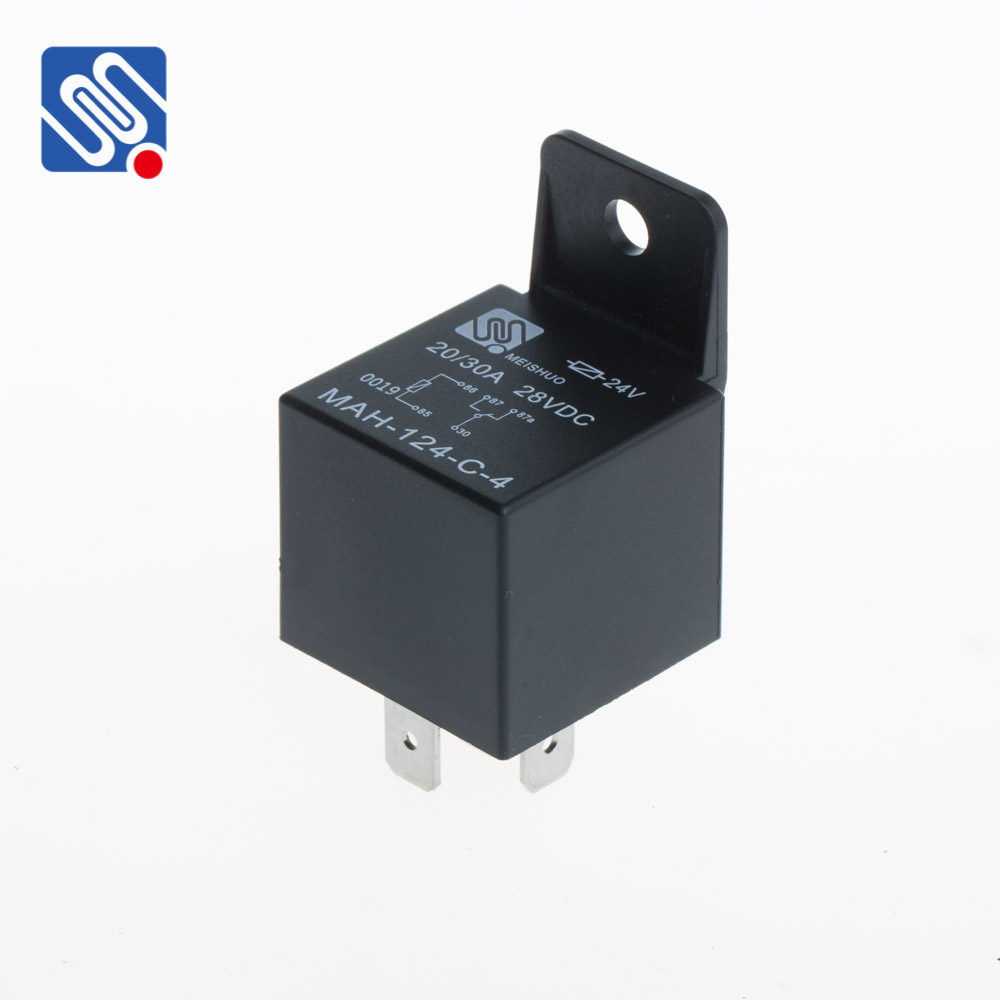Relays are fundamental components in electrical and electronic systems, used to control circuits by opening or closing contacts in response to an input signal. Whether used for switching large electrical loads, controlling logic in automation, or protecting electrical equipment, relays are indispensable in various industrial, commercial, and residential applications. This relay operation guide provides a detailed overview of how relays work, their types, applications, and the steps involved in their operation.

What is a Relay? A relay is an electromechanical switch that allows low voltage signals to control high voltage or high current circuits. It typically consists of a coil, a set of contacts, and a spring. When an electrical current flows through the coil, it generates a magnetic field that moves the contacts from one position to another. Relays can be classified based on their design, operating voltage, and the type of load they handle. Types of Relays Relays come in various types depending on their function and design. Here are some of the most common types: Electromechanical Relays (EMR): These relays use an electromagnet to physically move the contacts. They are reliable and cost-effective but tend to wear out over time due to mechanical movement.